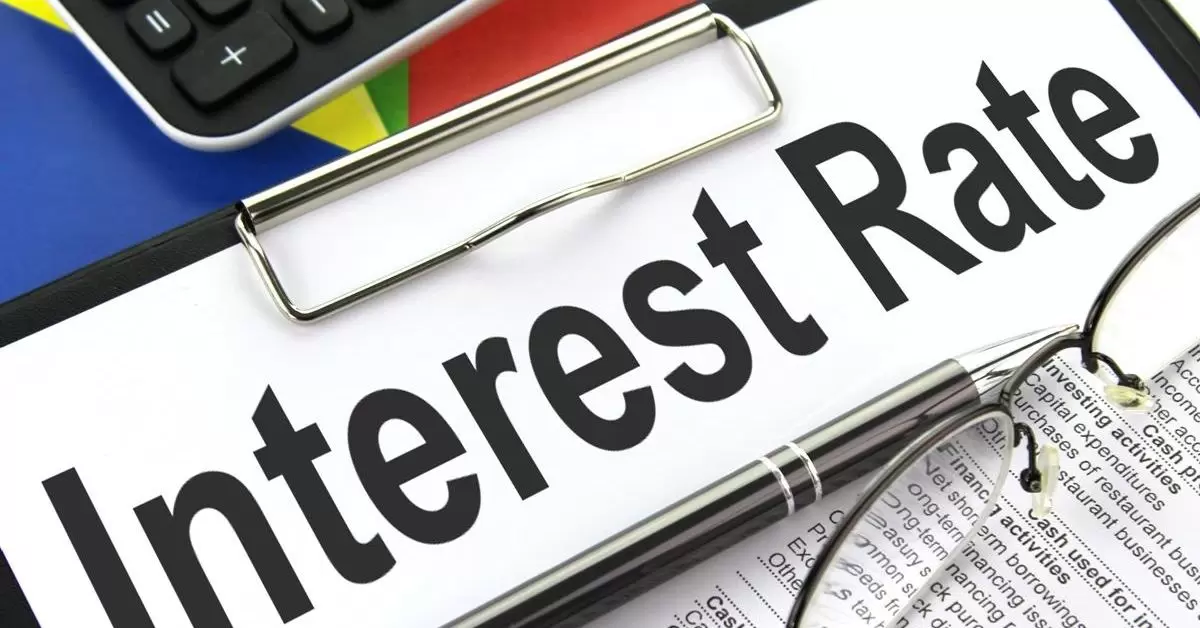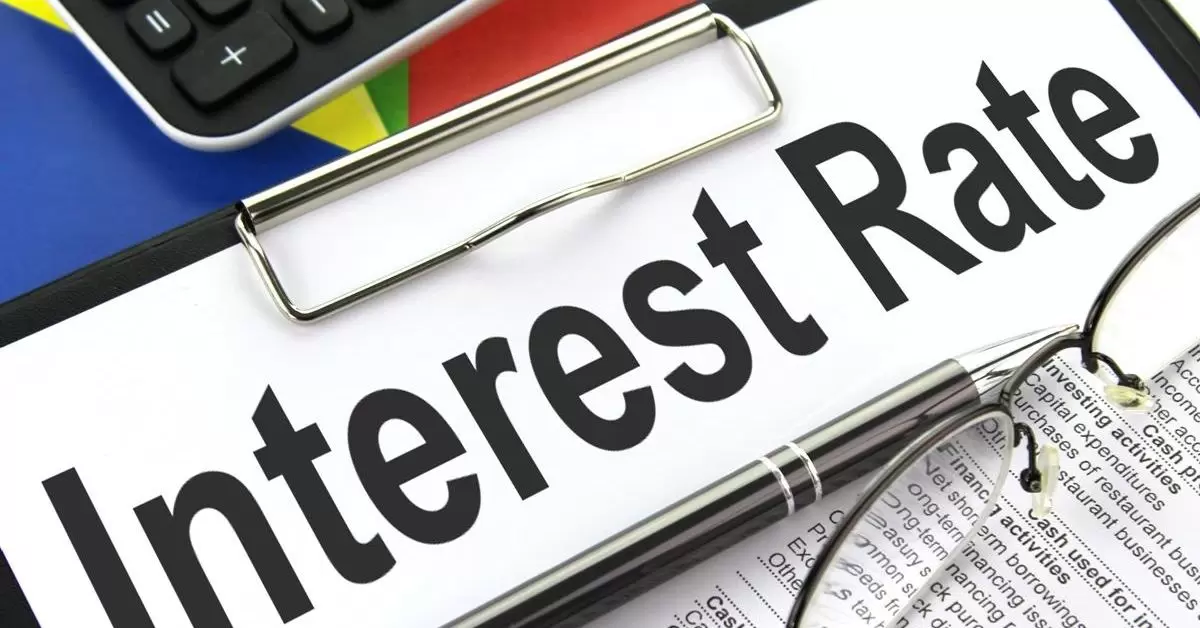An evergreen loan is a type of revolving credit that provides borrowers with ongoing access to funds, similar to a credit card, without a set repayment period. Unlike traditional term loans that require fixed payments over a specific timeframe, evergreen loans allow borrowers to withdraw, repay, and withdraw again as needed, offering significant flexibility. This financial tool is particularly useful for managing cash flow, as it ensures that funds are available when needed without the pressure of immediate repayment deadlines.
It’s important to manage evergreen loans carefully to avoid the risks of accumulating high interest and perpetual debt. Ideal for both individuals and businesses, evergreen loans provide a reliable source of liquidity, making them a supportive option for those needing flexible financial solutions.
How Evergreen Loans Work
Evergreen loans provide continuous access to funds, similar to a credit card, without a set repayment period. Borrowers can withdraw, repay, and withdraw again as needed, offering great flexibility. This type of loan is particularly useful for managing cash flow, ensuring funds are available when required.
It’s essential to manage these loans carefully to avoid accruing high interest and falling into perpetual debt. Ideal for both individuals and businesses, evergreen loans offer a reliable financial cushion.
The Mechanism Behind Evergreen Loans

This continuous access to credit makes evergreen loans highly flexible. However, it’s crucial to stay mindful of interest rates and fees to prevent financial strain.
The Revolving Credit Structure
The revolving credit structure of evergreen loans allows borrowers to access funds repeatedly up to a set limit. As you repay the borrowed amount, that credit becomes available again for use.
This structure provides significant flexibility, making it ideal for covering fluctuating expenses. Unlike traditional loans with fixed terms, revolving credit adapts to your financial needs, ensuring you always have funds on hand when necessary.
Key Features and Terms
Key features of evergreen loans include ongoing access to funds, flexible repayment options, and a credit limit that renews as you repay. Interest is typically charged on the outstanding balance, making it important to manage repayments effectively.
Terms may vary by lender, including interest rates, fees, and credit limits. Understanding these terms is crucial to making the most of an evergreen loan and avoiding potential pitfalls.
Advantages of Evergreen Loans

With the ability to borrow, repay, and borrow again, they provide continuous access to credit. Additionally, evergreen loans can often lead to cost savings compared to traditional loans, thanks to their unique structure. Let’s explore these benefits in more detail.
Flexibility in Borrowing and Repayment
One of the biggest advantages of evergreen loans is their flexibility in borrowing and repayment. Unlike traditional loans with fixed repayment schedules, evergreen loans allow you to borrow as much as you need up to your credit limit, repay at your own pace, and borrow again. This flexibility makes it easier to manage your finances, especially when dealing with unexpected expenses or fluctuating income.
Ongoing Access to Funds
Evergreen loans provide ongoing access to funds, which is a major benefit for managing cash flow. As you repay what you’ve borrowed, that amount becomes available for you to use again.
This continuous access ensures that you always have funds on hand for emergencies or opportunities without needing to apply for a new loan each time. It’s a convenient way to maintain financial stability.
Potential Cost Savings Compared to Traditional Loans
Evergreen loans can offer potential cost savings compared to traditional loans. With traditional loans, you might be paying interest on the entire loan amount even if you don’t need all the funds at once.
With evergreen loans, you only pay interest on the amount you actually use. This can result in significant savings, especially if you manage your borrowing and repayments wisely.
Disadvantages and Risks of Evergreen Loans
While evergreen loans offer many benefits, they also come with certain disadvantages and risks. Understanding these potential downsides is crucial for making informed financial decisions.
High interest rates, the risk of falling into perpetual debt, and potential negative impacts on your credit score are key concerns. Being aware of these risks can help you manage evergreen loans more effectively and avoid financial pitfalls.
Potential for Accruing High Interest
One of the main risks of evergreen loans is the potential for accruing high interest. Since these loans often come with variable interest rates, the cost can quickly add up if you carry a large balance for an extended period.
Avoid this, it’s important to make timely repayments and keep an eye on your outstanding balance. This way, you can minimize interest costs and manage your loan more efficiently.
Risk of Perpetual Debt

To prevent this, set a clear repayment plan and stick to it. Regularly paying down your balance helps you avoid getting trapped in an endless borrowing loop.
Credit Score Impact and Other Pitfalls
Evergreen loans can also impact your credit score negatively if not managed properly. High balances and missed payments can lower your credit score, making it harder to secure other forms of credit.
Some evergreen loans come with hidden fees and charges that can add up. To avoid these pitfalls, carefully review loan terms and maintain good borrowing habits. This will help protect your credit score and financial health.
Eligibility and Requirements for Evergreen Loans

Understanding these qualifications can help you prepare and increase your chances of approval. Let’s explore the typical borrower qualifications, necessary documentation, and how these requirements differ among various types of lenders.
Typical Borrower Qualifications
Typical borrower qualifications for evergreen loans include a good credit score, stable income, and a solid credit history. Lenders look for borrowers who demonstrate financial responsibility and the ability to repay the loan.
A higher credit score and a consistent income stream can improve your chances of approval. Being aware of these qualifications allows you to assess your eligibility before applying.
Documentation and Financial Criteria
The documentation and financial criteria required for evergreen loans often include proof of income, employment verification, and credit reports. Lenders may also ask for bank statements, tax returns, and identification documents.
Providing accurate and complete information can streamline the application process and increase the likelihood of approval. Preparing these documents in advance ensures a smoother experience when applying for an evergreen loan.
Differences by Lender Type (Banks, Credit Unions, etc.)
Eligibility and requirements for evergreen loans can differ by lender type, such as banks, credit unions, and online lenders. Banks may have stricter criteria and higher credit score requirements, while credit unions might offer more flexible terms to their members.
Online lenders can provide quicker approvals but may charge higher interest rates. Understanding these differences helps you choose the right lender for your needs and improves your chances of securing an evergreen loan.
Evergreen Loans vs. Other Financing Options
Here’s a table comparing Evergreen Loans with other financing options such as Term Loans, Lines of Credit, and Credit Cards:
| Feature/Aspect | Evergreen Loans | Term Loans | Lines of Credit | Credit Cards |
| Repayment Period | No fixed repayment period | Fixed repayment period | No fixed repayment period | No fixed repayment period |
| Access to Funds | Continuous, up to credit limit | Lump sum, one-time access | Continuous, up to credit limit | Continuous, up to credit limit |
| Interest Rates | Variable, can be higher | Typically fixed or variable | Variable | Variable, often higher than loans |
| Repayment Flexibility | High, repay and borrow again | Low, fixed schedule | High, repay and borrow again | High, repay and borrow again |
| Usage | Ongoing cash flow needs | Specific, larger purchases or projects | Ongoing cash flow needs | Everyday expenses, short-term needs |
| Risk of Perpetual Debt | High, if not managed well | Low, as debt is paid off within a fixed period | High, if not managed well | High, if not managed well |
| Collateral Requirement | Often required | Often required | Sometimes required | Typically not required |
| Impact on Credit Score | Can be significant if not managed well | Can improve if managed well | Can be significant if not managed well | Can be significant if not managed well |
| Typical Fees | Annual fees, maintenance fees, late payment fees | Origination fees, prepayment penalties | Annual fees, maintenance fees, transaction fees | Annual fees, late payment fees, foreign transaction fees |
| Application Process | Moderate to stringent | Stringent, requires detailed financial information | Moderate to stringent | Easy to moderate, based on creditworthiness |
| Examples of Use Cases | Small businesses, managing cash flow, unexpected expenses | Home renovation, debt consolidation, business expansion | Seasonal businesses, covering fluctuating expenses | Everyday purchases, emergencies, travel expenses |
This table highlights the key differences and similarities between evergreen loans and other common financing options, helping you understand which might be the best fit for your specific needs.
Interest Rates and Fees Associated with Evergreen Loans

Be mindful of variable rates that can increase over time. Common fees include annual maintenance, late payment, and sometimes transaction fees. Understanding these costs and managing your loan responsibly can help you avoid unnecessary expenses and make the most of your evergreen loan.
Managing Evergreen Loans Effectively
Evergreen loans can be a helpful financial tool when managed effectively. These loans, which typically have no fixed end date, require careful attention to ensure they don’t become a burden.
One key strategy is to regularly review your financial situation to determine if the loan is still necessary or if adjustments are needed. Additionally, setting aside funds specifically for loan repayment can prevent surprises and ease financial strain.
Best Practices for Borrowing and Repayment
When taking out evergreen loans, consider your long-term financial goals and only borrow what you can comfortably repay. Prioritize paying off high-interest debt first to minimize overall costs. Regularly reviewing your repayment plan can help you stay on track and adjust as needed.
If possible, automate loan payments to avoid missed deadlines and potential fees. And remember, it’s okay to seek professional financial advice if you’re unsure about the best approach for managing your loans.
Monitoring Account Activity and Balances
Keeping a close eye on your account activity and balances is crucial for managing evergreen loans effectively. Set up alerts for large transactions or changes in your account balance to quickly identify any discrepancies.
Regularly reviewing your statements can help you spot errors or fraudulent activity early on, preventing further financial damage. maintaining a buffer in your account can help cover unexpected expenses and prevent overdrafts or missed payments.
Tips for Avoiding Common Pitfalls
To avoid common pitfalls associated with evergreen loans, it’s essential to stay organized and proactive. Create a budget to track your income and expenses, ensuring you have enough funds available for loan repayments.
Resist the temptation to borrow more than you need, as this can lead to increased debt and financial stress. If you’re struggling to make payments, reach out to your lender to discuss potential options, such as restructuring or deferring payments. And finally, stay informed about changes in interest rates or terms that may affect your loan agreement.
Evergreen Loans in Business Financing

By maintaining a revolving line of credit, businesses can access funds as needed, making evergreen loans a valuable tool for sustaining operations and expanding ventures. With careful management, businesses can leverage evergreen loans to navigate economic challenges and achieve long-term success.
Frequently Asked Questions
What is the meaning of evergreen loan?
An evergreen loan is a type of loan that does not have a fixed maturity date and can be continually renewed
What does Evergreen mean in credit terms?
In credit terms, evergreen refers to a revolving credit arrangement that can be renewed indefinitely.
What type of loan is Evergreen?
Evergreen loans are typically revolving lines of credit or credit cards.
What is the meaning of evergreen finance?
Evergreen finance refers to financial arrangements that provide ongoing funding without a fixed repayment schedule or maturity date.
Final Words
An evergreen loan is a type of financial arrangement where the loan does not have a fixed maturity date. Instead, it can be continually renewed or rolled over, providing ongoing access to funds. Typically, evergreen loans are structured as revolving credit facilities, such as lines of credit or credit cards. This allows borrowers to access funds as needed without having to reapply for a new loan each time.
The term evergreen reflects the perpetual nature of the loan, as it can be continuously extended, subject to the lender’s approval. Evergreen loans offer flexibility to both borrowers and lenders, but they may also come with higher interest rates or fees compared to traditional term loans due to the ongoing availability of funds and the associated risks for the lender.

Steven Green, our website’s author, leverages 6 years of Finance expertise to provide insightful content. His wealth of experience enriches our platform, offering valuable insights for our readers.











